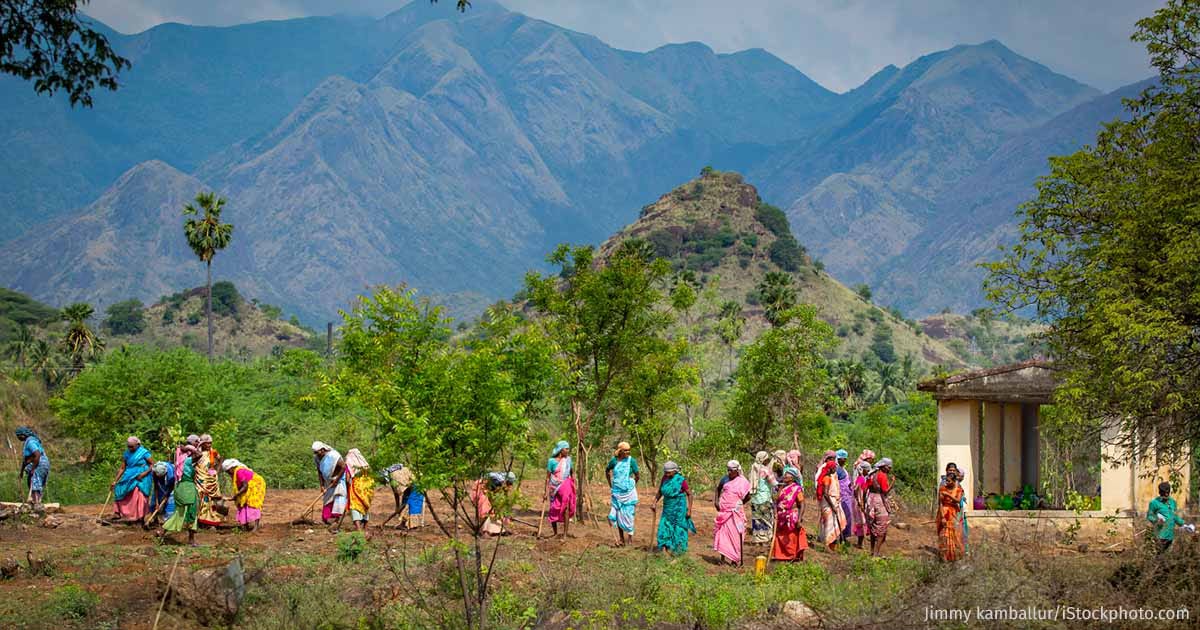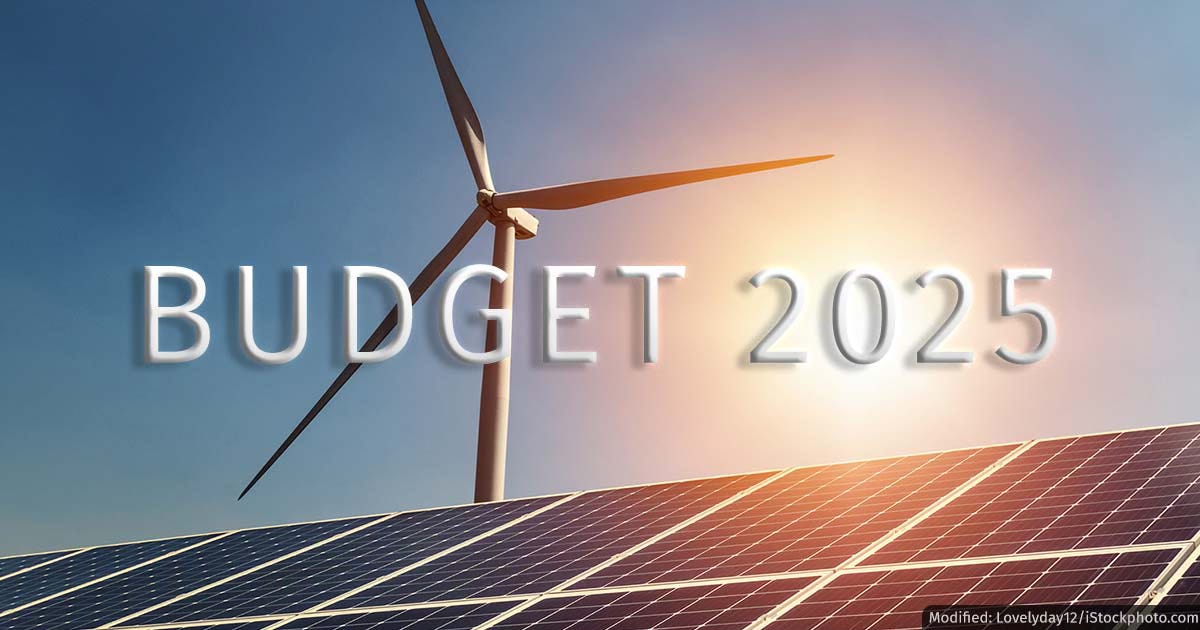India’s Development Struggles
This week, the issues in MGNREGS, how India budgets for changing climate, why accidents are now more deadly, and the state of India's school education
This week, the focus is on India's developmental landscape and the intersecting challenges inherent in a scenario where traditional metrics of progress collide with ground realities. As road fatalities surge despite declining accident rates, MGNREGS struggles with systemic inefficiencies despite record allocations, and climate initiatives face persistent implementation gaps, the common thread that emerges is a growing disconnect between ambitious policies and execution capabilities.
These three critical issues—transportation safety, rural employment, and environmental action—are a window into the balancing act facing policymakers as they navigate between accelerated growth trajectories and the imperative to protect vulnerable populations. The overarching question that should concern policy makers and the government is, how to bridge the widening gap between progressive policy design and the stubborn realities of implementation at scale.
With the economy in distress and unemployment figures showing no signs of coming down, the demand for jobs under India's flagship rural employment guarantee scheme has been steadily rising. MGNREGS now finds itself at a crossroads, with systemic challenges threatening its effectiveness as a social safety net.
Despite supporting 134 million active workers, the program's allocation of Rs 86,000 crore for 2024-25 appears inadequate against mounting evidence of sustained demand and pending liabilities of Rs 11,423 crore to states.
The scheme's structural inefficiencies manifest in multiple ways: only 7.4% of households achieve the guaranteed 100 workdays annually, wage rates remain below agricultural labor rates in most states, and technological interventions like ABPS and NMMS have created additional friction points for beneficiaries. While women's participation remains robust at 53%, significant regional variations persist.
Parliamentary oversight committees have repeatedly flagged concerns about inadequate funding and wage stagnation, suggesting an urgent need for comprehensive reform, including potential expansion to 150 guaranteed days and wage rate recalibration. Shreehari Paliath reports in depth on the issues.
India's climate action narrative is evolving into an increasingly complex balancing act between ambitious environmental goals and pragmatic fiscal realities. The 2024-25 budget cycle marks a decade of evolving climate-focused fiscal interventions, and yet structural challenges persist in bridging intent and implementation.
From the early Clean Energy Cess experiments to the more sophisticated green growth frameworks of recent years, India's budgetary approach has grown more nuanced, but not necessarily more effective. The numbers tell a sobering story: the country remains significantly off-track for its renewable energy targets, needing an additional 140 GW of solar and 70 GW of wind capacity by 2030 to meet climate commitments.
Most troubling, given the shortfall, is the declining budgetary attention to air pollution, despite its staggering Rs 7 lakh crore annual economic impact. While green hydrogen and EV initiatives signal forward momentum, the critical gaps in R&D funding and adaptation measures suggest a policy framework still struggling to match ambition with execution. Shifali Goyal reports, on the eve of the 2025-26 budget.
Over the past decade, road accidents declined by 6%—but paradoxically, during the same period fatalities surged by 22% through 2022, with crash severity rising from 28 to 36 deaths per 100 accidents. This stems from rapid highway expansion, urban sprawl, and exponential vehicle growth—particularly two-wheelers, which now account for 44.5% of road deaths.
The vulnerability of pedestrians has intensified, with their fatalities nearly tripling to 32,825. Overspeeding remains the predominant cause, responsible for 72% of crashes, while growing urban-highway intersections create particularly hazardous conditions for non-motorized commuters. Prachi Salve delves into the story behind the numbers.
After a gap of two years, the Ministry of Education recently released the Unified District Information System for Education Plus (UDISE+) report for 2022-23 and 2023-24. The headline finding is that the total number of students enrolled in Indian schools was around 26 crore as per the 2021-22 data, but has fallen to 25.18 crore in 2022-23 and then declined to 24.8 crore in 2023-24. That is a drop of 1.22 crore students; alongside that, the report says 37,000 schools have been shut down.
The only explanation the ministry has to offer is that the reports are not "strictly comparable" with previous years because of a "change in methodology" of data collection. For IndiaSpend Hindi, Mithilesh Dhar Dubey delves into a report that throws up more questions than it answers.
And that is it from us for this week—stay safe; we'll see you next weekend.






